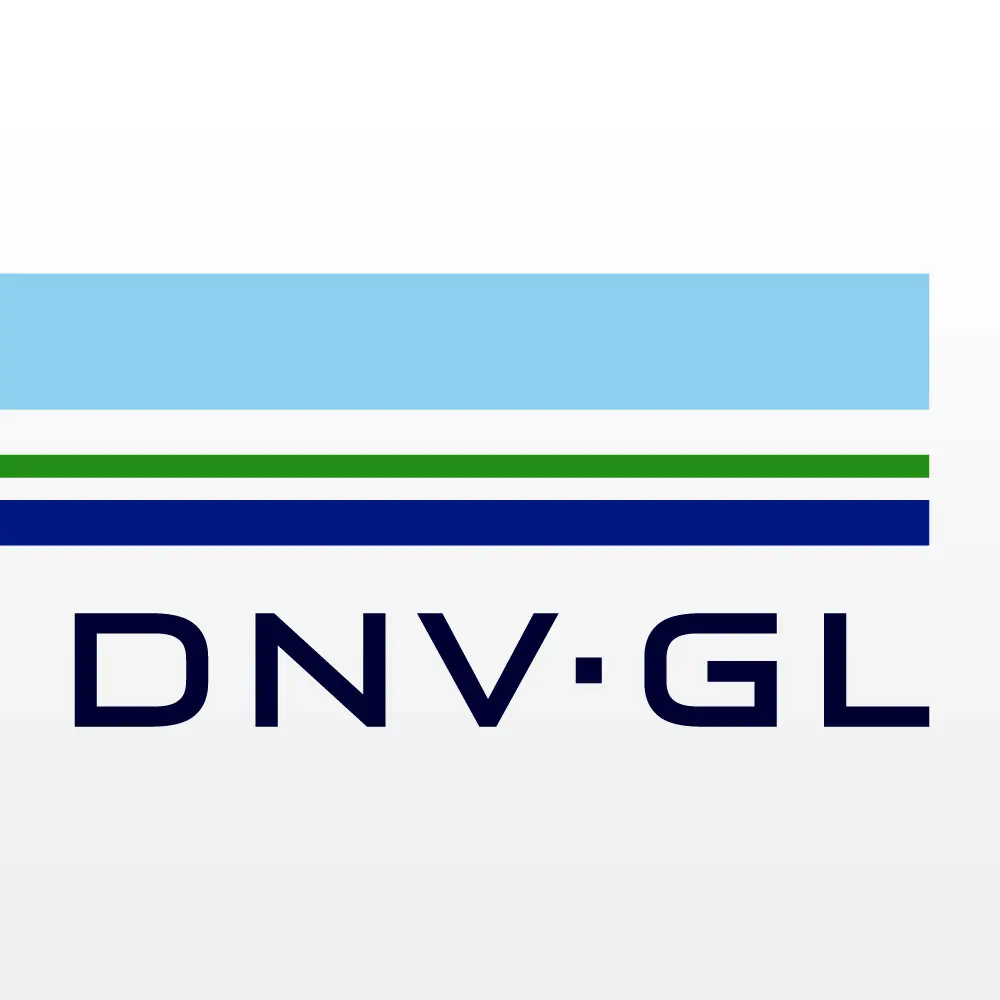Crude oil tanker owners take advantage of low newbuilding prices

A prolonged period of weak contracting activity has forced shipyards to drop their newbuilding prices to levels not seen in decades. Crude oil tanker owners have decided to take advantage of the situation, despite the weakening earnings sentiment in their segment.
The collapse of oil prices back in 2014 was undoubtedly great news for oil tankers. After years of stagnation, seaborne crude oil trade started to grow by over four per cent per annum. An increased demand for transport considerably improved ship earnings, which resulted in a wave of newbuilding contracts, as is normal in the shipping world. Almost three years later those ships are now being delivered in rather alarming quantities.
Despite moderately optimistic oil consumption forecasts in terms of tonnes, seaborne trade is not expected to increase substantially in 2017 so a gradual softening of freight rates seems inevitable. High tonnage supply coinciding with weakening demand is a typical shift of the cycle which normally results in reduced contracting of the new tonnage. This time around however, we seem to be observing an entirely different behaviour.
Tempting prices
One may say that after almost no ordering in 2016, any new contract placed in the shipyard may look like an improvement, but the current pace of ordering is more than unusual. According to IHS Markit data as many as 20 ships were ordered in the VLCC segment alone during the first four months of the year. Compared to only three such contracts placed during the whole of 2016, an increase of activity is more than visible. At the same time, there were 47 VLCCs and 26 Suezmaxes delivered last year and another 52 and 65 are expected to hit the water in 2017, allowing the fleet to grow by six per cent and eight per cent respectively.
Even with continued strong imports to China and India and increased tonnage demand for US exports, such pace of expansion offers no slack for the earnings, which will continue to soften. Since this is a well-known conclusion, why are so many new contracts being announced nowadays? The answer is simple – they are cheap! With 80 million US dollars for a VLCC and 53 million US-dollars for a Suezmax, you need to travel some 25 years back in time to see similar prices (including inflation in the equation). One simply does not say no to such bargains; a theory well supported by the current level of contracting.
Shipyards are in a tough negotiation spot and their exhausted order books leave them no choice but to accept what owners are prepared to offer. The newbuild price for a VLCC currently represents what owners had to pay for a five-year-old ship just 16 months ago! It means that the ships contracted now will have a considerable competitive advantage in terms of their break-even rates, compared to their peers contracted earlier.
In addition, the upcoming environmental regulations introduce additional costs for shipowners. Be it ballast water treatment systems or, for example, scrubbers the cost is substantial and hard to justify, particularly when the differential between second-hand and scrap prices is narrow. In consequence, we may see some ships sold for scrapping earlier than previously assumed. By the year 2020, some 100 VLCCs and 80 Suezmax tankers will be over 20 years old, which means that now would be the time to think about replacing them.
The cycle continues
Low oil prices also have consequences for trade patterns, particularly in and outside the US. Due to increased shale oil production, we observe lower imports across the Atlantic, particularly from West Africa. Those barrels, however are being rerouted to the Far East, which offers higher fleet utilization due to increased distances.
In addition, ever since the US lifted the crude oil export ban, we have seen increased exports of American crude, often bound for Far East importers. In such trades it is possible to use Aframaxes and partially laden Suezmaxes going via the Panama Canal, however the best economies of scale can be achieved by using VLCCs going around the Cape of Good Hope. The problem is that it is impossible to load American crude on a VLCC due to lack of infrastructure. For the time being it is done via ship-to-ship operations, however it is reasonable to assume that in future there will be terminals big enough to accept VLCCs.
There are quite a few legitimate reasons for the current levels of contracting. However, the super-low newbuilding prices should be treated as an enabler for all other assumptions. There is of course a growing concern that the opportunistic contracting will result in a prolonged period of depressed earnings. It is indeed a concern, especially in light of possible further oil production cuts from the OPEC countries, which may reduce the amount of seaborne crude in the future. But then again, would anyone argue that this is the first time the market has dealt with oversupply?















![AIRBUS A380 [MORE THAN 600 PASSENGER’S CAPACITY PLANE]](https://cdn.tinn.ir/thumbnail/4jCp4EQvCU0b/IjHVrSYQrIAqIzXuTzADR7qLYX4idQT4nfq__26E5SCUPLMqfhWkWajvuO9Wfq1ql1TjV4dhkrHliNQU82kMpo2NNftT_NGEwHc9KXtN_rk731bmifa2IQ,,/airbus-a380-structure1.jpg)

Send Comment